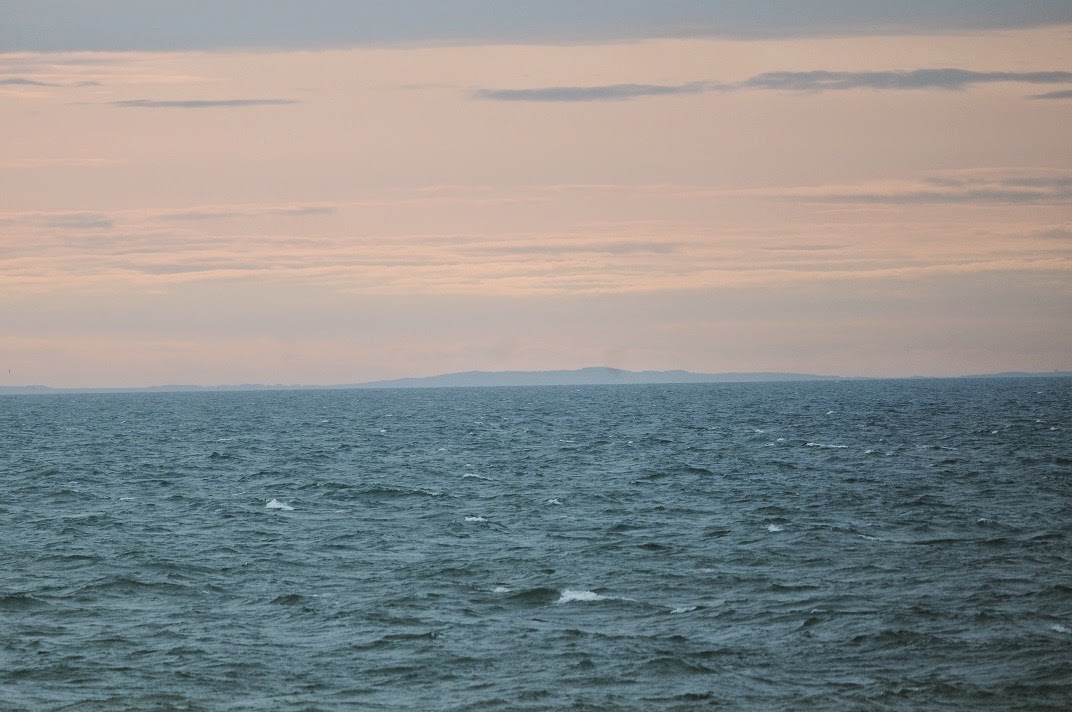Ingrebourne Valley
Black Tailed Godwit is a rarity for the Valley and has always been, a good few years back now we had a flock of 16 or so drop in but it’s nothing compared with the latest arrivals.
On August 17th Shaun found 17 in the viewing area and it was surmised that these were the same birds that have been frequenting the Chase, this proved positive as a text showed that the Chase birds had left.
Since that day there numbers have grown with Dave McGough recording a staggering 54 recently, totally eclipsing the site record, it is unprecedented for our inland site. Added to this, a site mega turned up in the shape of a juvenile Avocet, found by Dave on the 19th it just shows you what could turn up if the river didn’t keep flooding. There is very little mud on show but both Avocet and Blackwit can feed in the shallow water, if we had mud showing I have no doubt we would get the rarer waders turn up.
 |
| Record shot of the Avocet |
 |
| Shallow water suits them |
On the 24th I went over there with the scope and undertook another count of the Black Tailed Godwits, I counted 58 in the viewing area pushing the total for the site up.
As I scanned round for more I located the Avocet on the back lake, resting next to it was another 3 Blackwits bringing the total to 61 – stunning.
They have now been with us since the 17th, over a week and still commuting back and forth to the Chase, I suspect they are bound for the Thames Estuary but it will be interesting to see how long they stay.
They have now been with us since the 17th, over a week and still commuting back and forth to the Chase, I suspect they are bound for the Thames Estuary but it will be interesting to see how long they stay.
Black Redstart
Came across this very confiding male singing his heart out in London recently.
Came across this very confiding male singing his heart out in London recently.
Unusual to get this close to them, also singing rather late on the 21st of August.
With today’s weather (Monday) I can’t see him singing for much longer.


.JPG)


.JPG)
.JPG)
.JPG)


.JPG)
































